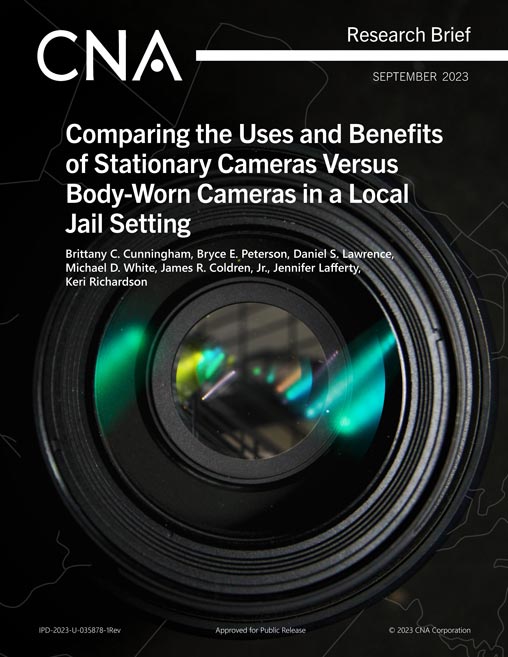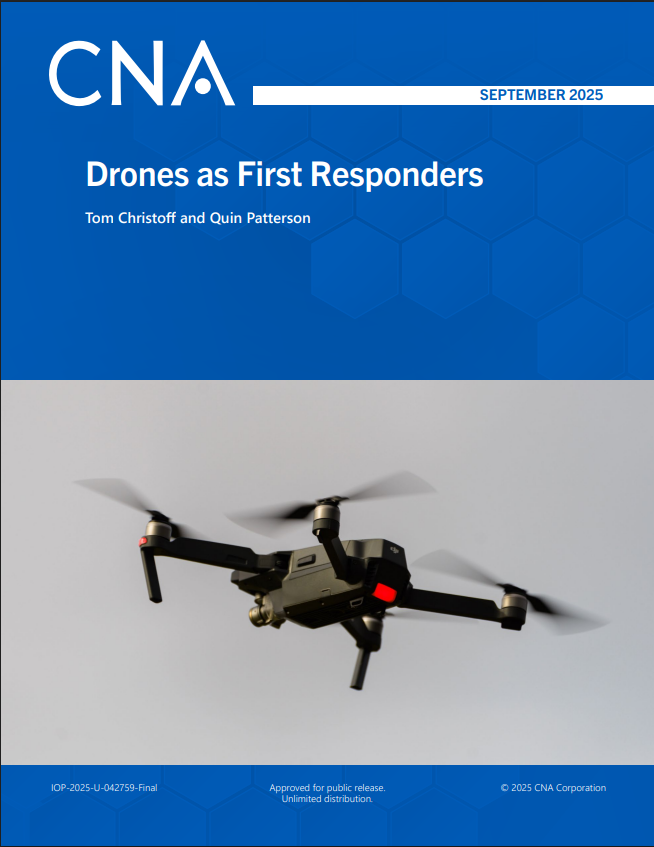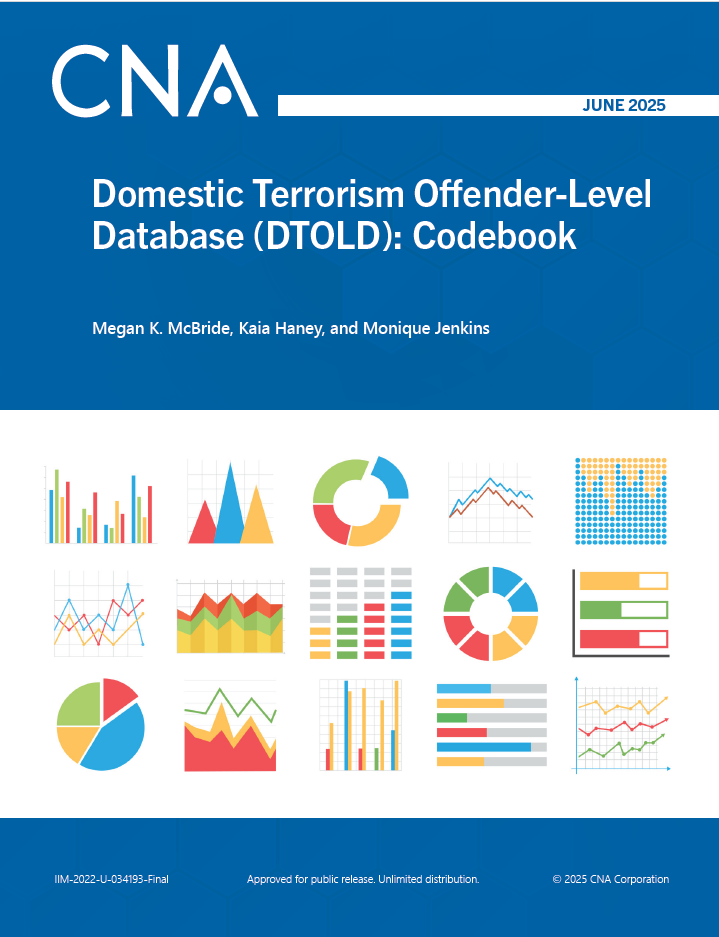Over the past decade, thousands of law enforcement agencies in the United States have adopted body‑worn cameras (BWCs) (Hyland, 2018). The rapid diffusion of these devices has been driven by several factors, most notably numerous controversial uses of force by police against community members of color and evidence suggesting that BWCs can produce a range of positive outcomes like reductions in complaints and uses of force (Braga et al., 2018; Peterson & Lawrence, 2021; Sutherland et al., 2017), added evidentiary value in investigations and downstream court proceedings (Huff et al., 2023; Todak et al., 2023), and enhanced perceptions of procedural justice and police legitimacy (Demir et al., 2020; McCluskey et al., 2019).
The demand for police BWCs has continued unabated into the 2020s (National Conference of State Legislatures, 2022; White & Malm, 2020), and interest has now expanded to corrections. By 2023, at least ten state prison systems have begun the process of deploying BWCs, with many local jails following suit (Bogel-Burroughs, 2022; Brodie et al., 2020; Welsh-Huggins, 2021; Winton, 2021). Despite this expansion, there is limited research on the impact of these devices in prisons or jails. There are also fundamental differences between correctional and law enforcement settings that researchers must consider. For example, correctional officers interact with incarcerated residents on a more consistent and long-term basis than police interact with civilians. Prisons and jails also include a high concentration of vulnerable populations, including people under serious psychological distress and experiencing mental and behavioral health challenges (Maruschak et al., 2021).
Another potential concern is that BWCs are redundant in prisons and jails because these environments are already saturated with stationary surveillance cameras (Allard et al., 2006). Although the stationary camera networks in many correctional facilitates are outdated and suffer from blind spots (Lawrence et al., 2022), it is not yet clear whether BWCs offer any added benefits beyond what is captured through these extant systems. For example, can BWCs provide additional evidentiary value in the investigation of misconduct incidents or staff uses of force? The current brief seeks to address this knowledge gap by examining the footage of response-to-resistance (RTR) events produced by BWCs compared to stationary closed-circuit television (CCTV) cameras in a correctional setting. The following sections describe the background of the current study, our approach to reviewing BWC and stationary CCTV camera footage, and our key findings.
Download reportDistribution unlimited. Specific authority contracting number: 2018-75-CX-0019.
Details
- Pages: 16
- Document Number: IPD-2023-U-035878-1Rev
- Publication Date: 10/10/2023





